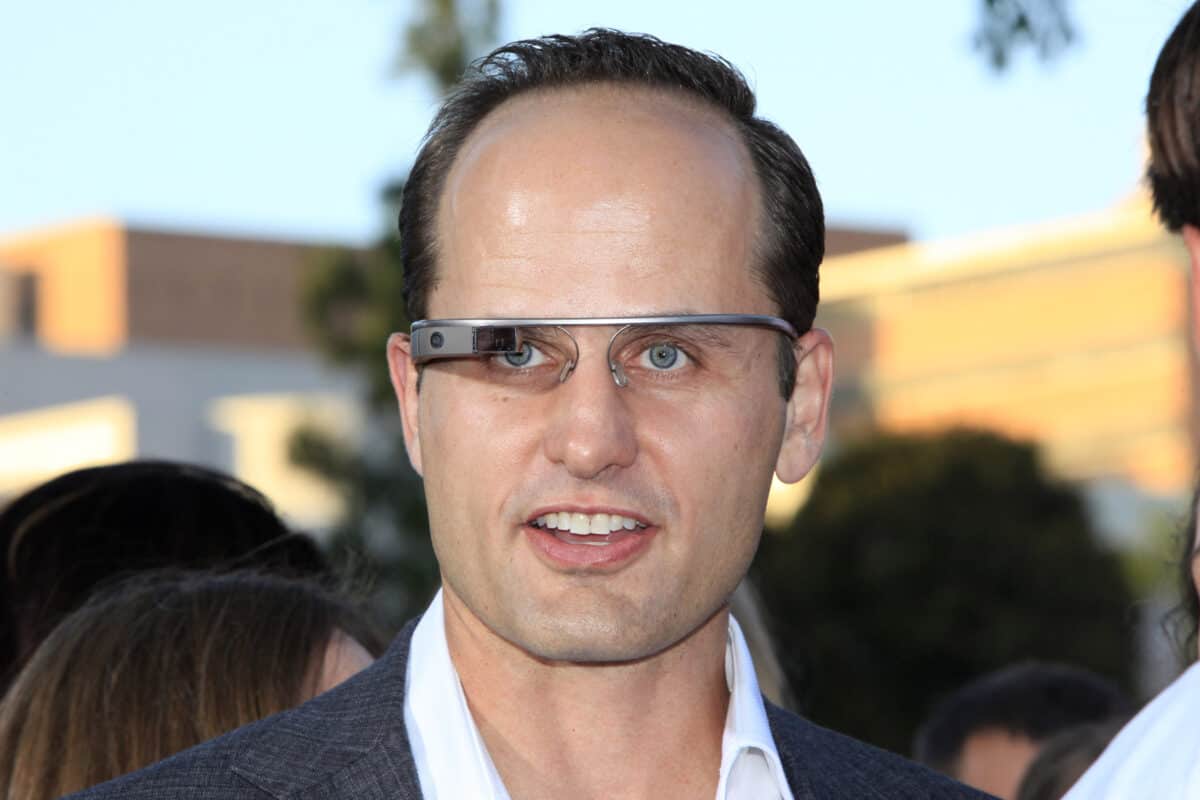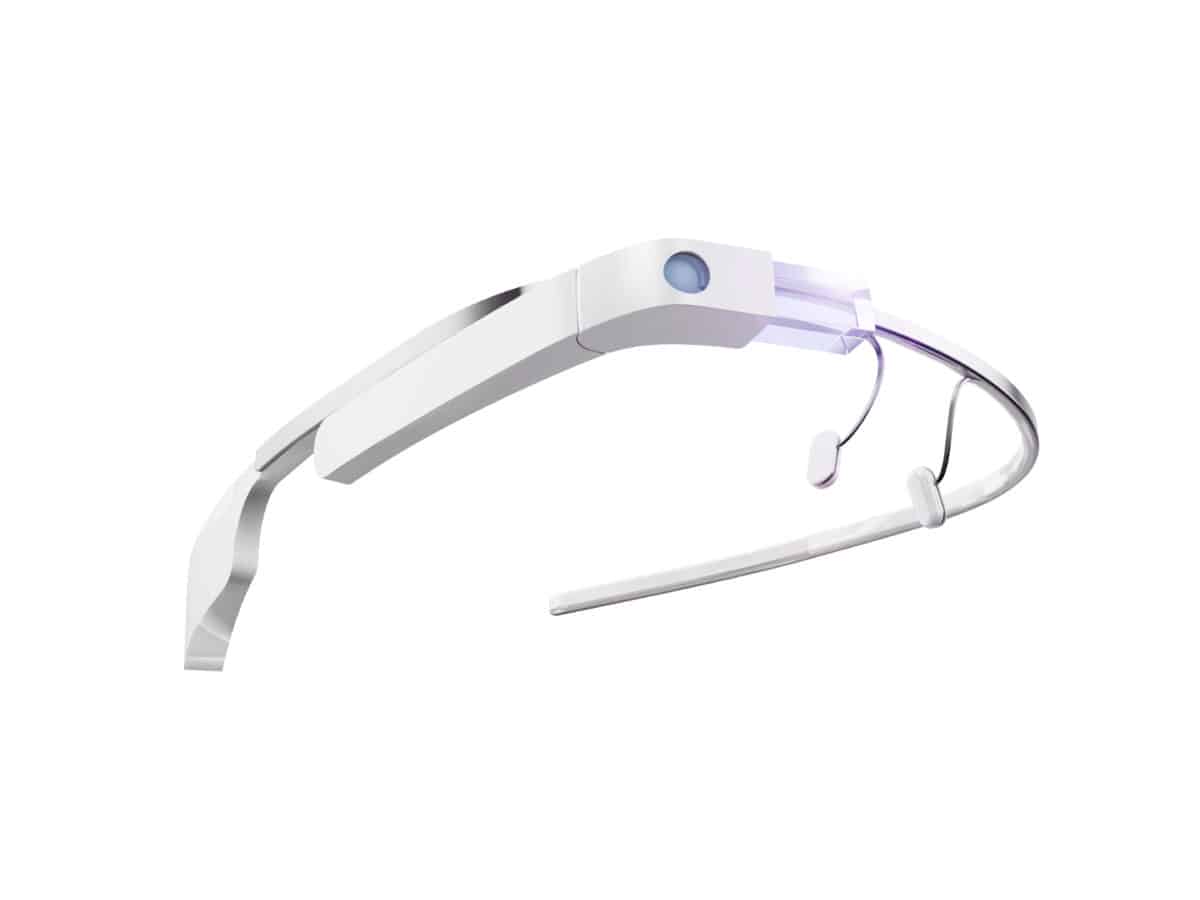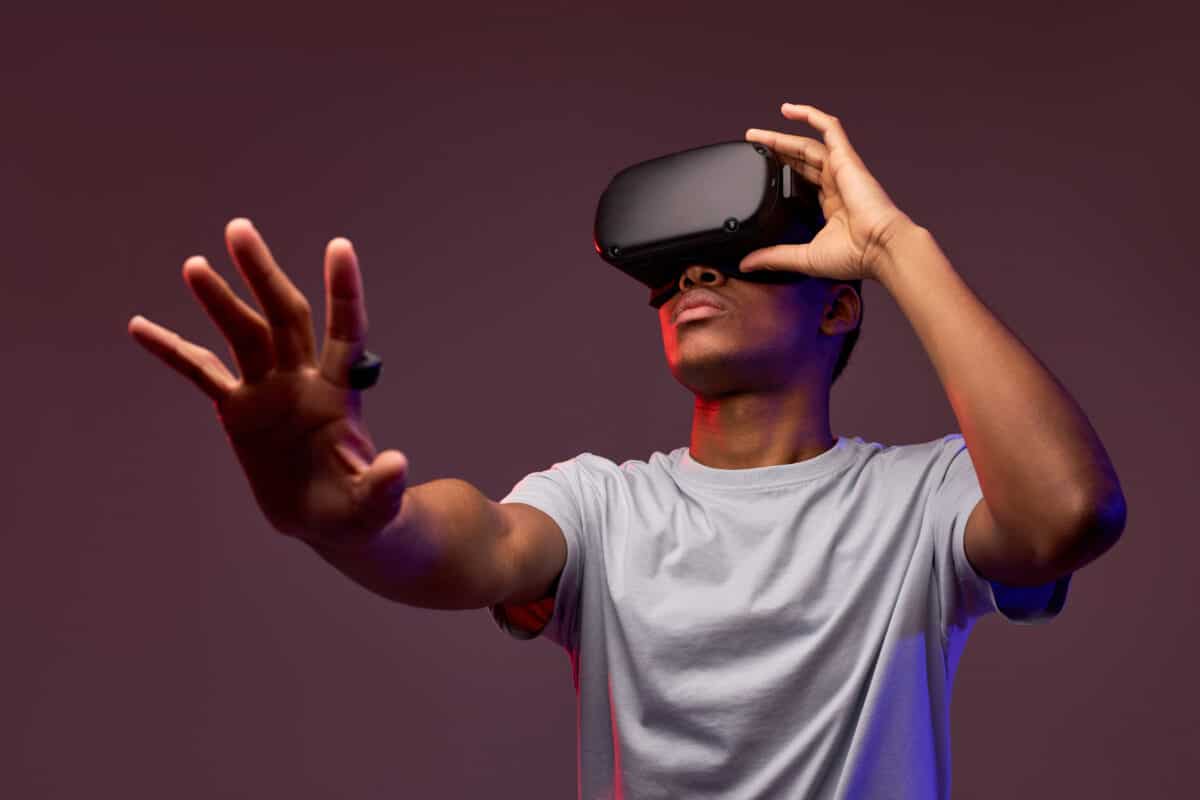To get ahead in tech, a company must constantly innovate, evolve, and invent new offerings to stay at the head of the pack. However, not all of these innovations are going to be ultimate successes. The track record of various tech giants suggests many of these attempted innovations won’t even be remotely successful.
But, why did Google Glass fail, and what was the purpose of Google Glass in the first place? What mistakes did Google make in the research, development, announcement, and eventual release of Google Glass? What can other tech companies learn from the way Google Glass failed? Let’s take a look at all these questions and more as we dive into the history and legacy of Google Glass.
The Significance of Google Glass
Known as an optical head-mounted device (OHMD), Google Glass was a brand name for smart glasses from the early to mid-2010s.
Google Glass displayed information to users through a lens on the right-hand side, and it did so completely hands-free. In order to use the device, users would use voice commands. It was developed by Google’s semi-secret research and development lab, Google X. Users could also choose to place prescription lenses in their Google Glass, making them doubly functional.
If your mind is picturing a virtual reality headset, you wouldn’t be wrong. Google Glass was ahead of it’s time for how it brought VR features to the real world. Instead of having to fully immerse one’s self into virtual reality, however, Google Glass allowed users to function as they would in the real world with the virtual display only taking up a small part of their field of vision. In truth, the wearable technology more closely resembled AR, or augmented reality, than full-on VR.
This made Google Glass a fun toy for the casual user, but an essential part of the profession for others, specifically those in the medical field. From surgeons to individuals with impaired vision to children with autism and countless other subfields in between, Google Glass became an integral part of treatments, procedures, and examinations across the board. While the wearable tech might not have caught on with the general public as Google had hoped, it sure did catch on with the medical community.

Google Glass’s Reception from Critics
Naturally, given the somewhat silly look of Google Glass, it’s no surprise that critics weren’t very kind to the product. Even with its many cutting-edge applications within the field of medicine, critics were quick to point out the ridiculous look of Google Glass. You may recall the nickname ‘glassholes,’ which was quickly and widely adopted in reference to those seen walking around wearing Google Glass.
The biggest criticisms of Google Glass were about so much more than just aesthetics. Another major complaint had to do with the price of the device. It went for a whopping $1,499, which is plainly unreasonable compared to today’s VR headsets. For instance, your average entry-level Oculus headset will retail for under $400. Google Glass was far less immersive than a proper VR headset, yet it cost nearly four times as much.
Last, but not least, were issues with privacy and safety. How could Google encourage people to walk around in public looking at a virtual display? What if they wandered into the street? Worse yet, what if users decided to wear them while driving?
Not to mention the fact that Google Glass could record video. Was it ethical for Google to create a device that could record people without their knowledge or permission? Some even questioned what might happen if a malicious QR code was placed in front of a Google Glass. Could it be hacked?
These were just a handful of the valid questions critics were raising about Google Glass.
Google Glass Specs
| Release Date | May 15th, 2014 |
| Type | Optical Head-Mounted Display (OHMD) |
| Price | $1,499 |
| RAM | 2GB |
| Flash Storage | 16GB |
| Display | 640p × 360p |
| Camera | 5 MP photos, 720p video |
| Discontinued | January 15th, 2015 |
| Successor | Google Glass Enterprise Edition |
Google Glass: A Complete History
Google first began tinkering with the idea of an OHMD device through their R&D lab, X, in the early 2010s. Their first prototype was finished in 2011, but it was nowhere near where it needed to be in order to be commercially viable (for one, it weighed eight pounds).
Continued experimenting over the following years led to a much lighter and more stylish Google Glass prototype by 2013. This version weighed much less than the first iteration, coming in at less than two ounces. For context, the average pair of prescription glasses weighs around eight or nine ounces.
While Google was still deeply immersed in the R&D phase in 2012, the tech giant still made the decision to publicly announce Google Glass in April of that year. Google co-founder Sergey Brin wore a pair on-stage as the announcement was made, demonstrating features like video recording to an audience of eager tech fans. Brin made a point to show how useful Google Glass could be to the medical community by doing a similar demonstration at an event for the Foundation Fighting Blindness that same month.
By the spring of 2013, Google had a finished prototype ready to sell exclusively to Google I/O developers for the hefty price of $1,500. Dubbed the “Explorer Edition,” this first-generation Google Glass was limited to just eight thousand devices. For an additional $225, prototype purchasers could take advantage of prescription or designer frames from brand partners like Oakley, Ray-Ban, and more. It would be another year before the general public would be able to purchase a pair for themselves, but it didn’t matter—this first beta group effectively sealed Google Glass’s fate.

Early Signs of Imminent Failure
Google Glass sales would open up to the public on May 15th of 2014 but, by this point, the very idea of owning a Google Glass device had already been lampooned to death. The look, the price, the lack of any truly innovative functions… it was social and financial suicide to buy a Google Glass, and it hadn’t even hit the shelves yet. It’s hard to recall a greater or more substantial misstep from a tech company of this size. What’s most surprising is that the signs that Google Glass failed were there practically from the start.
From the moment Sergey Brin emerged wearing Google Glass at that debut event in 2012, the wearable tech was a punchline like no other. Nobody cared about the device’s features, like the touchpad on the side of the frames that allowed users to navigate the device. Nor did they care about the AR display. The same went for the device’s photo and video capabilities. The sheer absurdity of the device’s actual look was a non-starter for most, not to mention the astronomical price tag.
Still, in spite of the serious red flags present in full view from practically the very beginning, Google continued to develop and hype up Google Glass. Instead of answering pressing questions like, “Why does this need to exist?” or, “Why does it cost so much?” or, “What’s even the point of it?” Google ignored the inquiries and moved forward without hesitation. Instead of recognizing these early signs of imminent failure, they accelerated straight toward the device’s imminent demise.
The Eventual Demise of Google Glass
Whether you place the blame on the shoulders of its design, its lack of clear or essential functionality, or simply its expensive price tag, the fact that Google Glass failed seems inevitable in hindsight. However, in 2014, Google failed to pay attention to the signs. They put the device out in May of that year, and by January of 2015, it was already off the market. In less than nine months, all those years of hard work had gone down the drain.
Google Glass failed, but the tech giant wasn’t going to just give up on all those years and all that money spent. Instead, they simply waited a couple of years. During that time, Google took stock of what worked and what didn’t. By 2017, they realized what the rest of the general public knew from the beginning: Google Glass worked best in specific real-world applications. It wasn’t meant to be released to the general public. It needed to be reserved for those who could actually get something out of it. Namely, the medical and professional communities.
Google Glass Enterprise Edition was released in 2017, with an updated second edition (at a marginally lower price) released in 2019. Doctors, therapists, engineers, and other professionals were always the ones who got the most out of Google Glass. This pivot to an Enterprise Edition was a smart way for Google to try and recoup some of the losses from their initial (and seriously major) failure. Still, regardless of how well Google Glass does with the professional community, there’s no getting around the fact that Google Glass failed to perform how the company intended.
Why Google Glass Failed
There’s no single answer to the question of why Google Glass failed. Truthfully, there are a number of possible culprits and each one is just as legitimate as the one before. At the end of the day, it comes down to three factors:
- Price
- Battery
- Functionality
Price
A $1,500 price tag is a lot to ask of a consumer, even for the most functional of products. For context, one could purchase a brand new Macbook Pro and an iPad with that kind of money and still have some cash left over after checkout. Paying that much for something that does so little essentially doomed Google Glass from the beginning.
Battery
The battery life was another major concern for Google Glass. Video recording, AR display, and voice commands take a lot of energy to function efficiently. The Google Glass device would only last around four hours per charge for most and would get quite hot in the process. Overheating batteries with a very minimal life to them? Not exactly the best selling point.
Functionality
Last but not least is the functionality of Google Glass. What was so great about being able to see a display in the corner of your field of vision when you could simply take out your phone and look at it? Especially for those who used their phones to navigate their Google Glass. Plus, a cell phone could take better photos and videos, and hands-free recording could be done better by a GoPro. The Google Glass just wasn’t worth it.

Why Did Oculus Succeed?
Looking at the success of the Oculus and other VR headsets that are all the rage right now, you might ask yourself why these devices succeeded where Google Glass failed. The answer seems to lie in the actual function of the headsets themselves. Oculus headsets fully immerse users in the world of virtual reality, allowing them to virtually transport themselves to a new place. Google Glass, however, asks users to remain with one foot in the real world and one foot in virtual reality. This is the problem with artificial reality, or AR: it blurs lines that VR is not afraid to fully cross.
Plus, Oculus is much cheaper than Google Glass ever has been. Today, you can get your hands on an Oculus VR headset for around $400. That’s a fraction of Google Glass’s $1,500 price tag. Its battery is better, its function is clearer, and its price is cheaper.
It’s obvious why Oculus has succeeded where Google Glass failed. There’s no confusion about what it does and no concerns about the privacy or ethics of recording others without permission. In the end, Oculus and other VR brands will continue to succeed, while Google Glass will likely never compare.
Google Glass in the News
In 2023, Google announced it will be discontinuing its most recent model of Google Glass: the Google Glass Enterprise Edition 2. This edition of Google Glass was marketed and distributed exclusively to businesses and is discontinuing the product due to lack of demand. Google will support the glasses until September 2023 but will no longer be available for companies to purchase starting March 2023.
Where does this leave the future of augmented reality? While Google Glass may have failed on this front, other companies like Microsoft and Magic Leap are taking the lead. These major tech companies are looking to make strides in AR to use in a variety of different platforms like gaming, education, and even healthcare.
The image featured at the top of this post is ©Joe Seer/Shutterstock.com.



